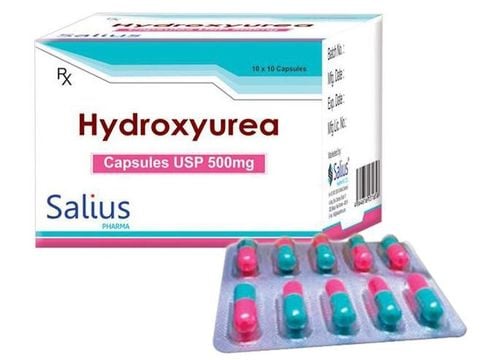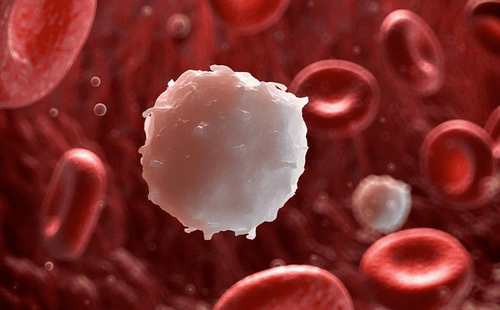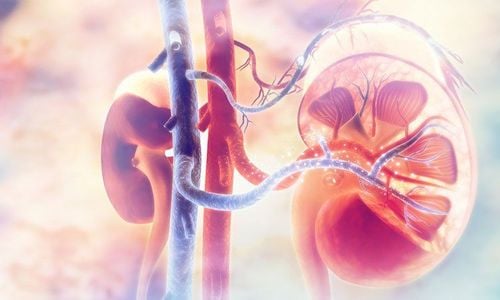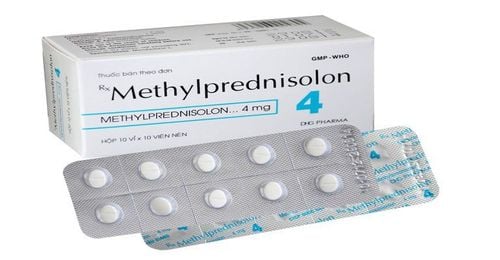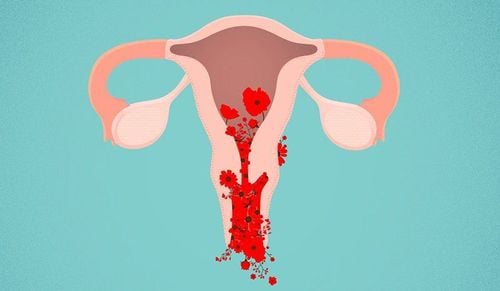This is an automatically translated article.
One of the possible side effects of early cancer treatment is tumor lysis syndrome. Tumor lysis syndrome is very dangerous because it can damage vital organs, even affecting the patient's life. Therefore, cancer patients with tumor lysis syndrome should be closely monitored.1. Definition of tumor lysis syndrome
Tumor lysis syndrome, or tumor lysis syndrome for short, is one of the side effects of cancer treatment, often appearing in the early stages. In response to treatment regimens, dying tumor cells break down and release large amounts of potassium, phosphorus, lactic acid, and nucleic acids (mainly uric acid) into the bloodstream.
2. Is tumor lysis syndrome dangerous?
When tumor lysis syndrome occurs, tumor cells release large amounts of substances that will increase the concentration of these substances in the blood and lead to harmful metabolisms in the body, specifically : increased uric acid causes kidney failure, kidney failure increases potassium while increasing phosphorus reduces potassium will lead to electrolyte imbalance.
These metabolisms cause serious and permanent damage to organs in the body such as kidneys, liver, and heart, even affecting the patient's life. Therefore, tumor lysis syndrome is very dangerous if not closely monitored, especially in high-risk children.

Hội chứng ly giải khối u hay gọi tắt là hội chứng ly giải u, là một trong những tác dụng phụ của quá trình điều trị ung thư, thường xuất hiện giai đoạn đầu
3. Risk factors for tumor lysis syndrome
Tumor lysis syndrome often occurs in the following cancer patients:
Acute leukemia (lymphoid) or chronic leukemia (myeloid) Burkitt lymphoma, Burkitt's acute leukemia In addition, some cancer patients Other cancers may also develop tumor lysis syndrome if the following risk factors are present:
The tumor is rapidly progressive and responds rapidly to chemotherapy treatment. Tumor indices include size, white blood cell count, LDH concentration, and other relevant bone marrow values. In cancer patients, there are factors that increase the risk of tumor lysis syndrome occurring such as:
Low blood pressure Before treatment, there are high levels of uric acid or phosphate. Impaired kidney function, high urine acidity, acidic urine tests, dehydration, little urine output. Spleen is enlarged, with mediastinal mass.
4. Manifestations of tumor lysis syndrome
Manifestations of tumor lysis syndrome usually occur in the first 1-3 days after cancer treatment. In some cases, rapidly metabolizing tumor cells may manifest earlier, before treatment.
Symptoms of tumor lysis syndrome are mainly manifestations of metabolic imbalance in the body, specifically:
Anorexia, nausea, vomiting, diarrhea, abdominal pain. Cardiac arrhythmia, convulsions. Back pain, muscle spasms, cramps. Fatigue, weakness, possibly fainting. Swelling of the body due to water retention. However, before these symptoms occur, most cases of metabolic imbalance are treated.

Người bệnh thường có biểu hiện chán ăn, mệt mỏi
5. How is tumor lysis syndrome diagnosed and treated?
Because substances are released into the bloodstream and cause levels to change, your doctor may perform a blood test to diagnose tumor lysis syndrome, based on the following:
Elevated potassium levels Concentration Elevated uric acid Elevated phosphorus levels Low calcium levels Prophylaxis is the best measure for tumor lysis syndrome including the following methods:
Intravenous fluid resuscitation: Taken before and during chemotherapy treatment, has the effect of supporting kidney function and preventing metabolic imbalance. It is a prophylactic treatment in pediatric patients at high risk of tumor lysis syndrome. In the case of patients with low urine output, they should be monitored and adequately rehydrated. Chemotherapy to reduce uric acid and phosphorus: In some cases, patients can receive prophylactic treatment to reduce uric acid and phosphorus before moving to the active treatment phase to slow down tumor lysis and help maintain Maintain balance in the body and prevent kidney function damage. Cancer patients with tumor lysis syndrome are treated with the following measures:
Monitoring of symptoms and blood and urine tests: Performed in the early stages of treatment and always closely monitored for Prompt medical treatment, especially in high-risk pediatric patients. Specific treatment of electrolyte imbalance: Treatment with measures to support kidney function. Intravenous fluid replacement is an important therapeutic measure, however, it should be noted that some substances in the infusion fluid must be removed. Hemodialysis: In some cases, patients have been treated to prevent tumor lysis syndrome with fluid resuscitation, uric acid-lowering drugs, diuretics, but the kidneys are still damaged or even stopped working. operation, then hemodialysis is performed to preserve kidney function until it heals. In cancer patients at risk of tumor lysis syndrome should be closely monitored because the syndrome can progress very quickly, causing metabolic imbalance in the body, serious damage to organs, even can even affect life.
Tumor lysis syndrome is inherently a dangerous condition, so treatment plays an extremely important role in preventing disease progression and ensuring the best patient health.
With a team of highly skilled doctors who have achieved many achievements in the treatment of cancer diseases, Vinmec International General Hospital is now the address for high quality medical care that customers can fully enjoy. can be trusted.
The examination and treatment process at Vinmec is carried out according to certain standards with the support of doctors, experts and a system of modern equipment and machinery in the world. Therefore, helping to bring accurate diagnosis results as well as extremely positive treatment effects on patients.




